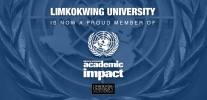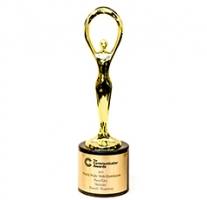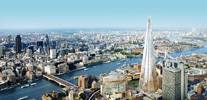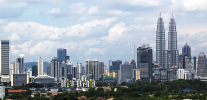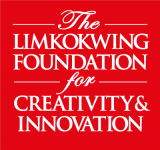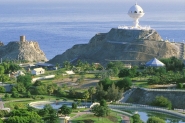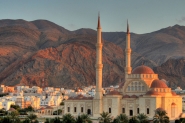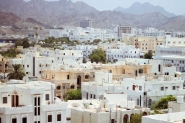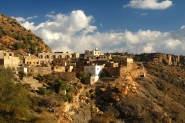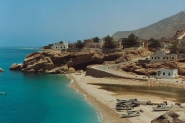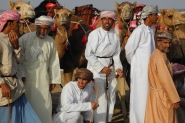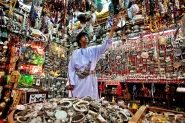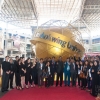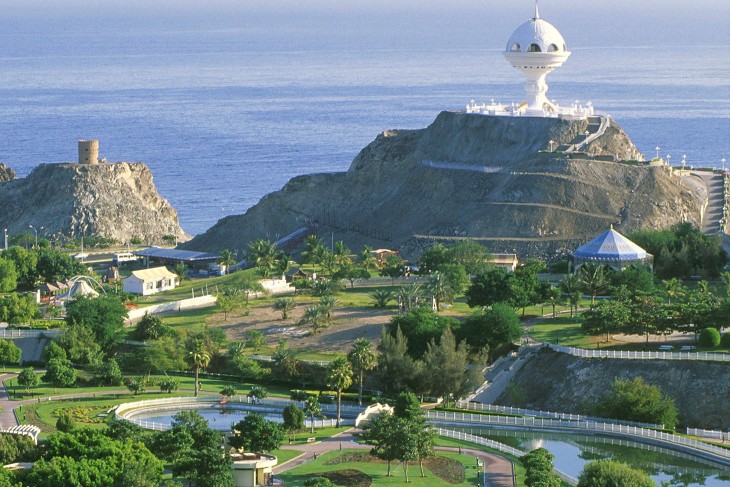 Photo Credit : http://www.sitatours.com
Photo Credit : http://www.sitatours.com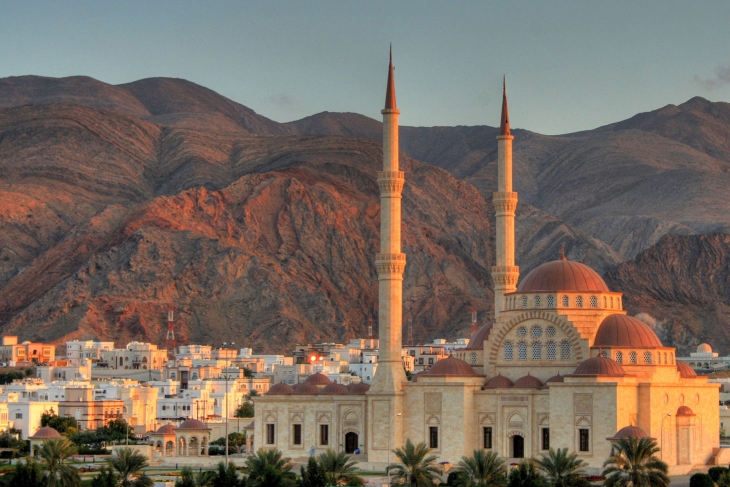 Photo Credit : http://www.vacationstogo.com/
Photo Credit : http://www.vacationstogo.com/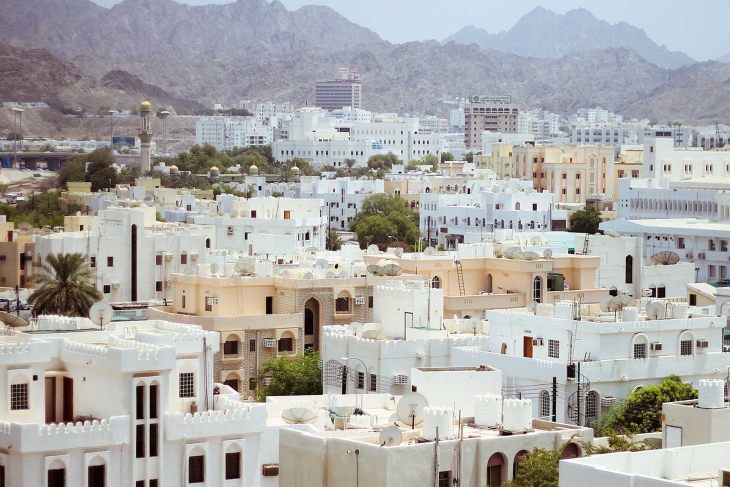 Photo Credit : http://cruisediscover.com/
Photo Credit : http://cruisediscover.com/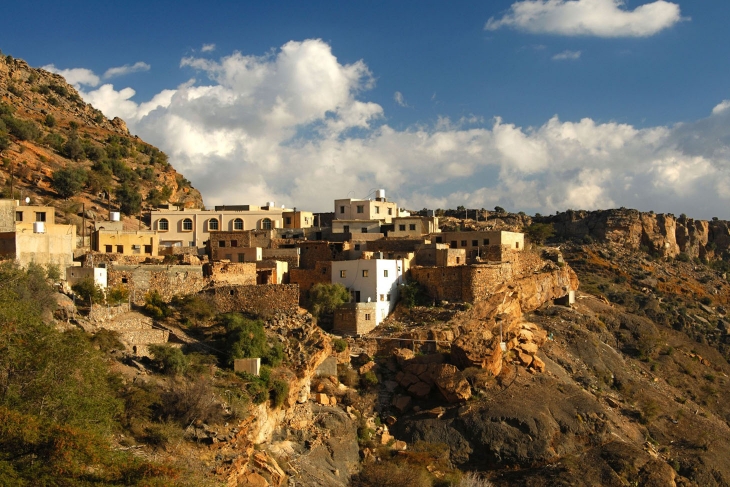 Photo Credit : www.alamy.com
Photo Credit : www.alamy.com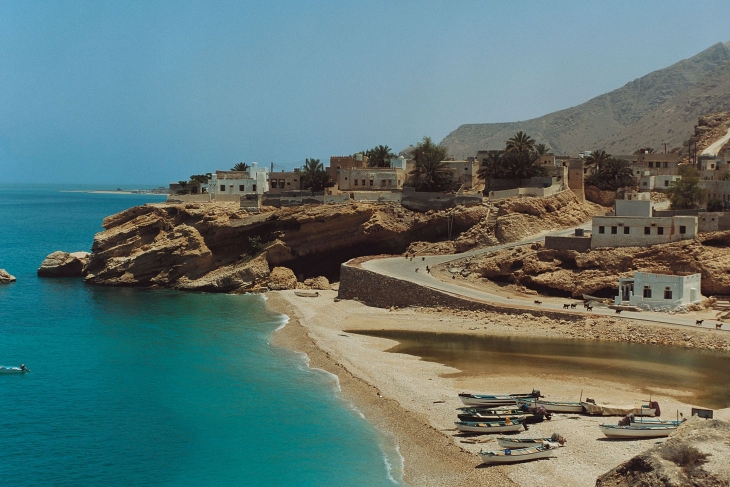 Photo Credit: http://www.cntraveller.com/
Photo Credit: http://www.cntraveller.com/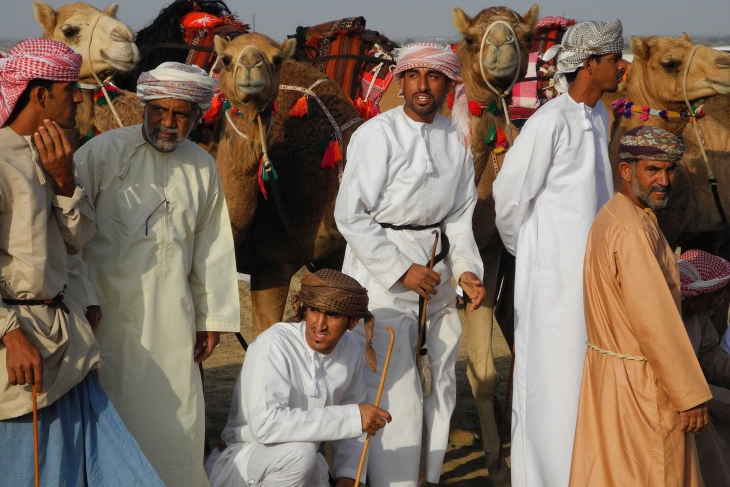 Photo Credit : http://www.destinationoman.com/
Photo Credit : http://www.destinationoman.com/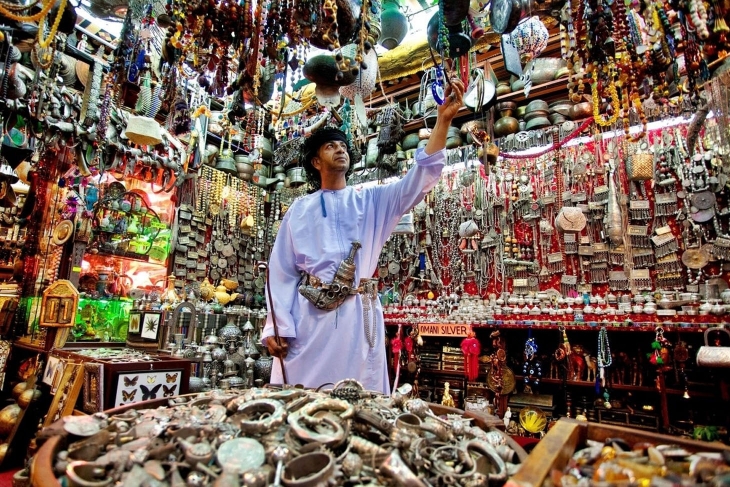 Photo Credit : https://stopovertrips.com
Photo Credit : https://stopovertrips.com
The Sultanate of Oman is an Arab country located on the south-eastern coast of the Arabian Peninsula. The country adheres to absolute monarchy and is the sixth longest-reigning monarch in the world.
The country has a desert climate with one of the hottest temperatures in the world. It has a vast gravel desert plain that encompasses most of the central region with mountain ranges along the north and southeast coasts.
Oman was once known as ‘Magan’ (Makkan) by the ancient Persian and Mesopotamian civilisation. It has an extensive collection of archaeological and historical relics which predates Islam. These relics are stored in museums throughout the country and provide visitors with unique opportunities to study the region’s history. While Oman shares many similarities with its Arabic neighbours such as Islamic faith and tribal beliefs, it maintains a distinct cultural identity.
The country’s presence on the Indian Ocean has allowed it to foster a strong maritime tradition. The Omani people have a long shipbuilding record and have historically been recognised as master shipbuilders. Maritime travel has played a major role in the country’s development since ancient times, with Sur being one of the most famous shipbuilding cities in the Indian Ocean.
Muscat, the capital city of Oman, has been an important trading post since the 1st century. This historical port town in the Gulf of Oman has attracted foreign traders including Persians and Balochis. Modern Muscat’s economy emphasises trade, petroleum and port services.
Currently, Omani economy relies on industry (55.1%), services (47.2%) and agriculture (1.5%), according to the CIA World Factbook.
The industry sector depends on crude oil production and refining, natural and liquefied natural gas (LNG) production, construction, cement, copper, steel, chemicals and fibre optics. The country’s main export partners include China, Japan, United Arab Emirates, South Korea, Thailand and Singapore.
The country’s services industry mostly focuses on tourism. It is experiencing rapid development with numerous luxury hotels being established throughout the country since the 1980s. These include beachside resorts, desert hotels and safari retreats.
The preservation of natural surroundings and cultural traditions enabled Oman to retain an “Old Arabia” spirit. This made the country popular for both ecological and historical tourism.
Oman has one of the most diverse environments in the Middle East with ancient monuments scattered throughout the region. Its strategic location near the Arabian Sea has resulted in more than 500 forts, castles and watch towers established throughout history.
One of the most famous structures is the Nakhal Fort, a large pre-Islamic fortification that was built to protect trade routes near an oasis area. It was rebuilt by architects in the 17th century and currently serves as a museum with various exhibits of historic guns.







